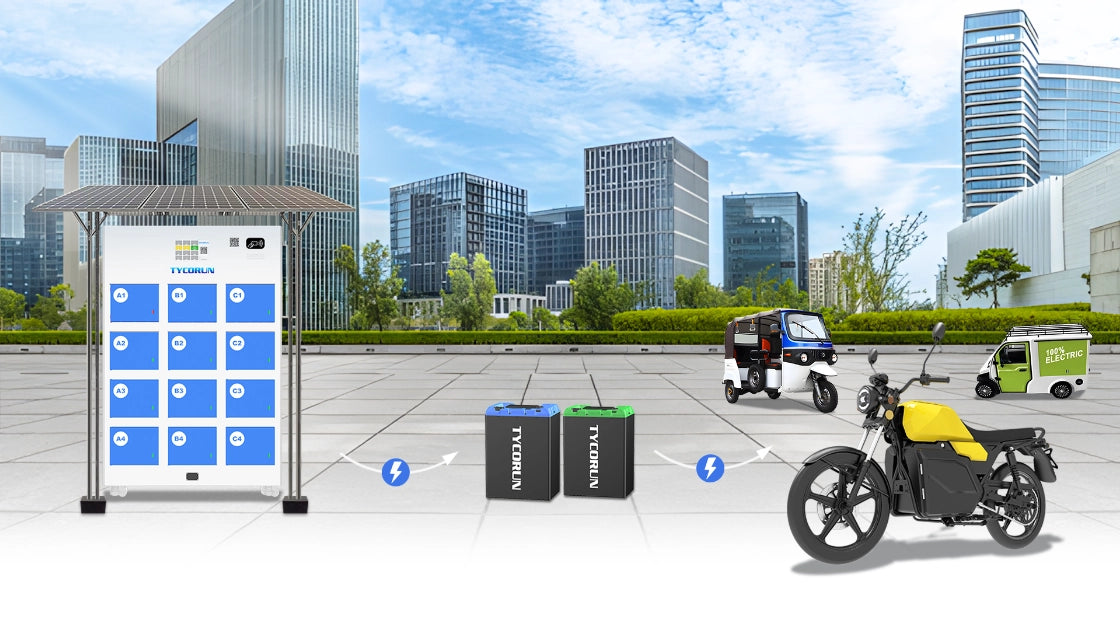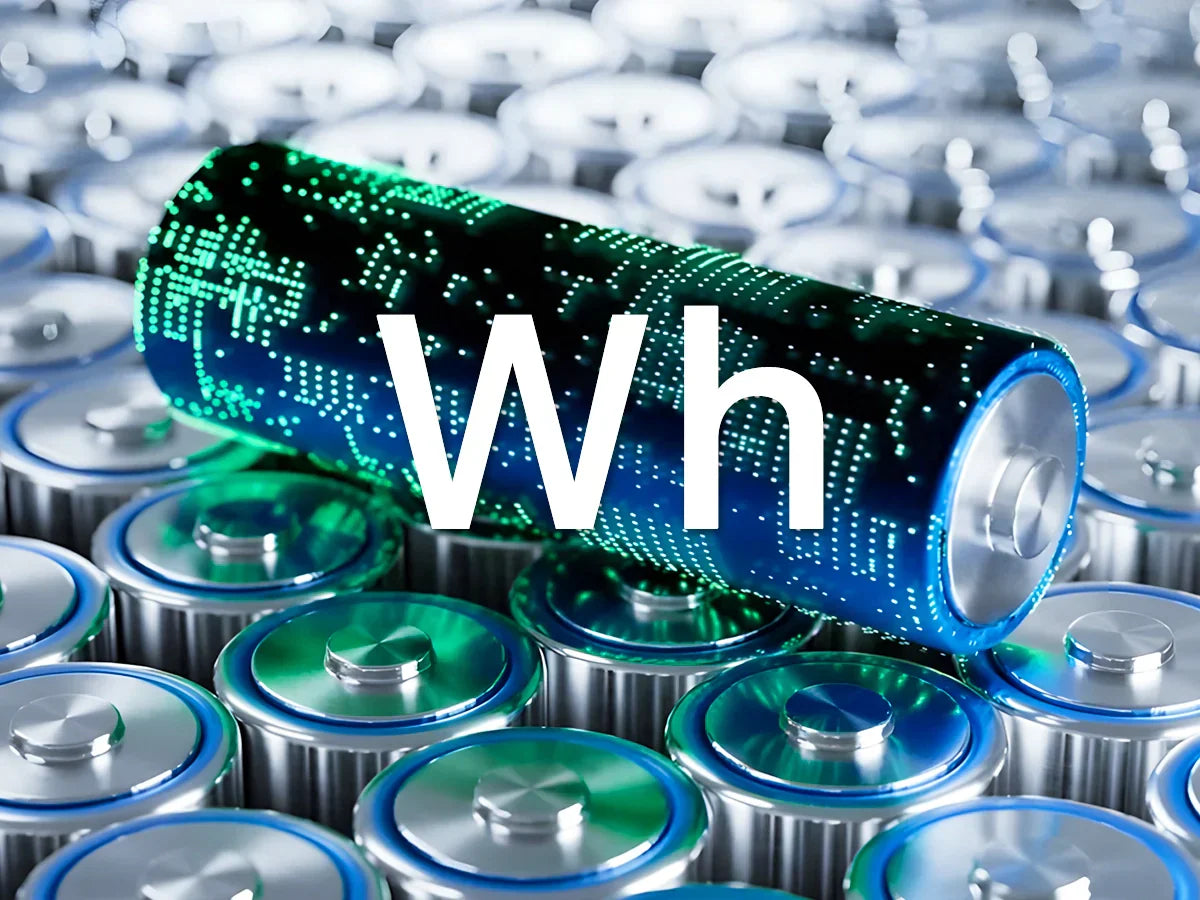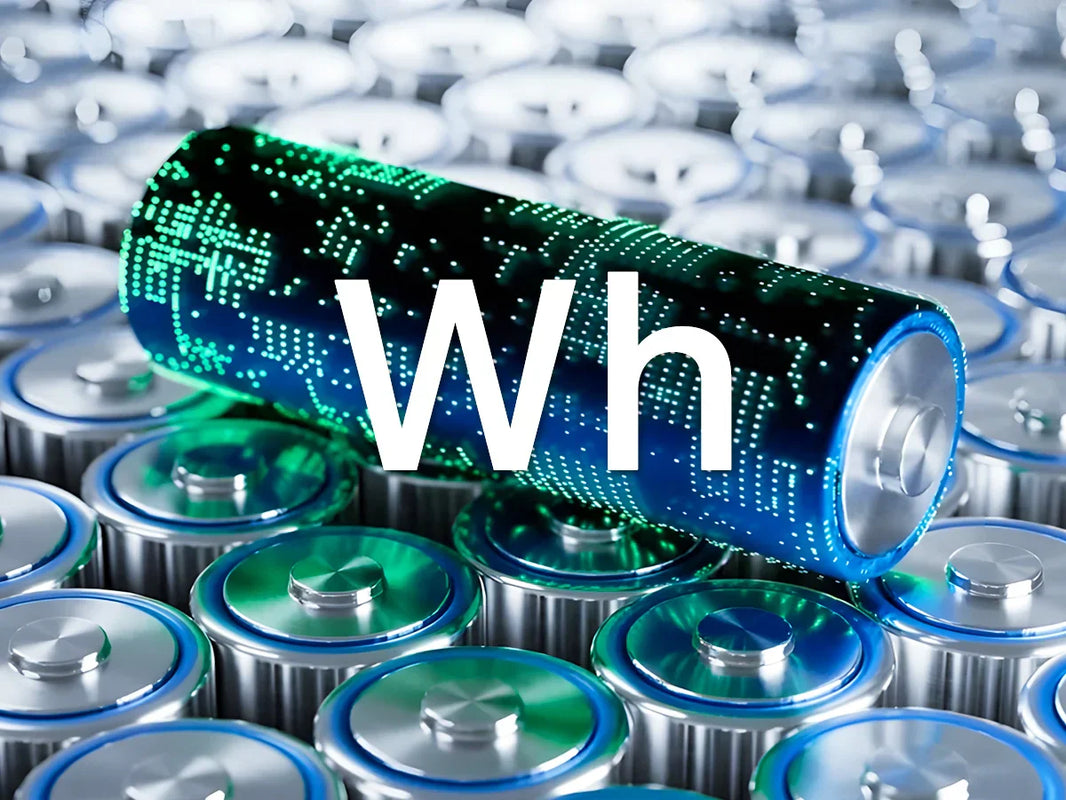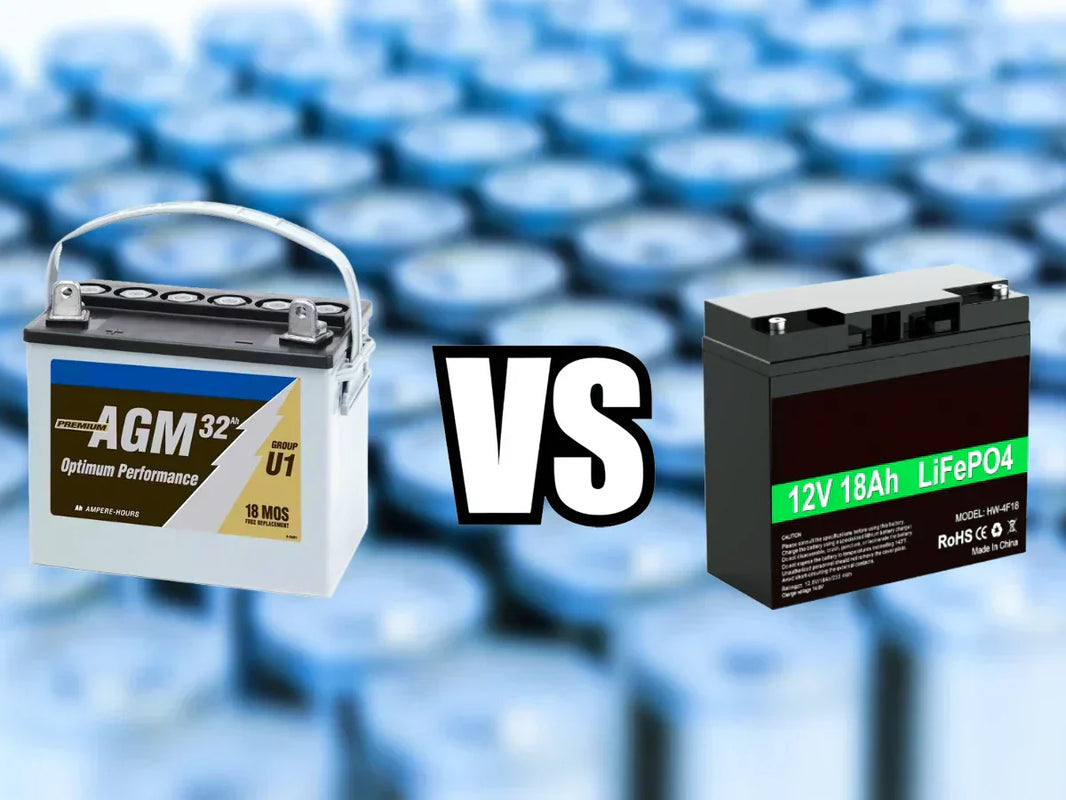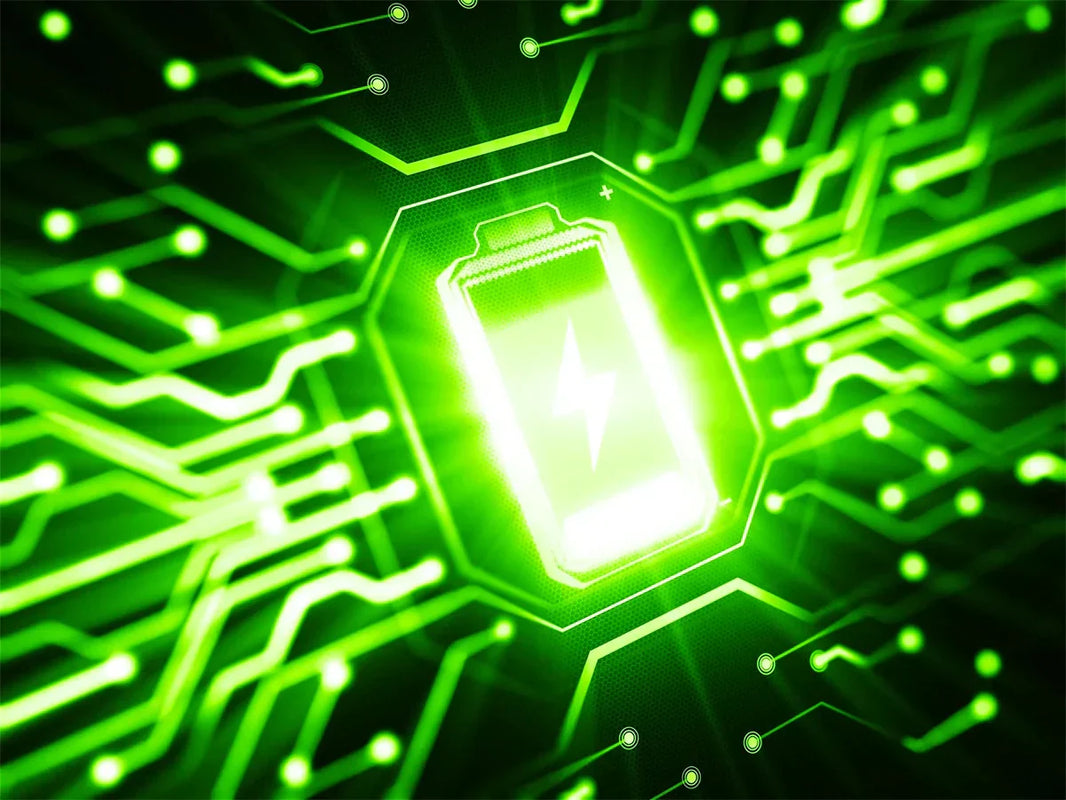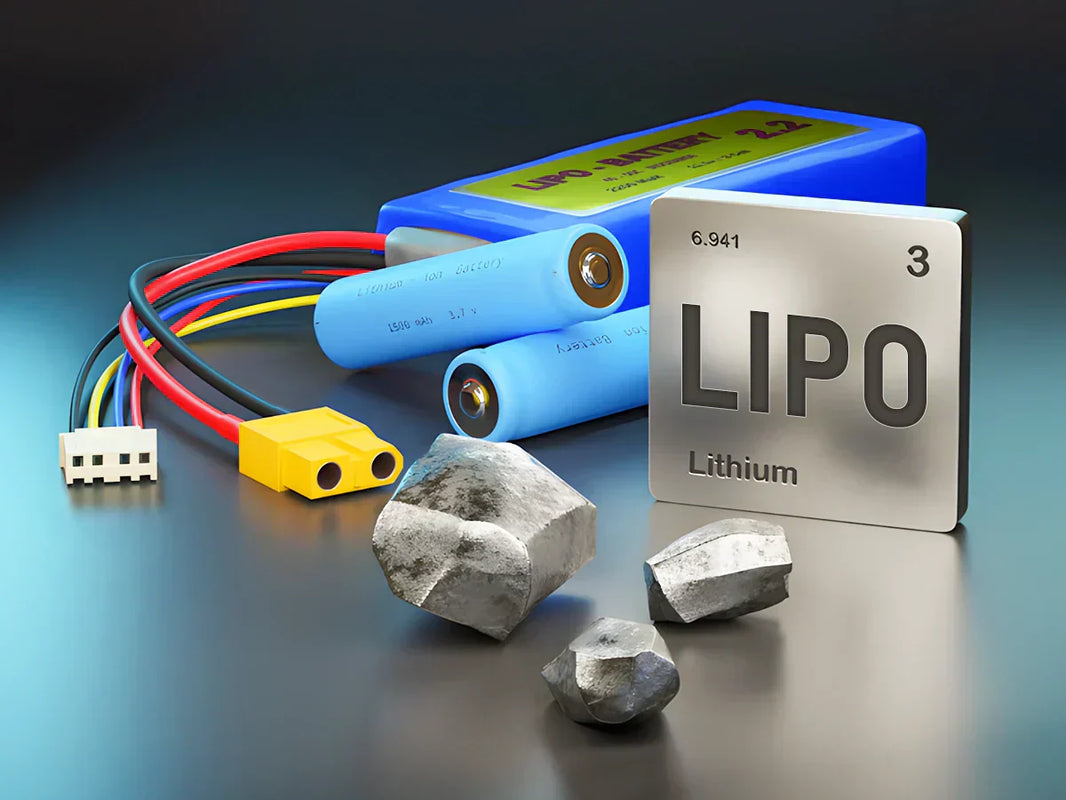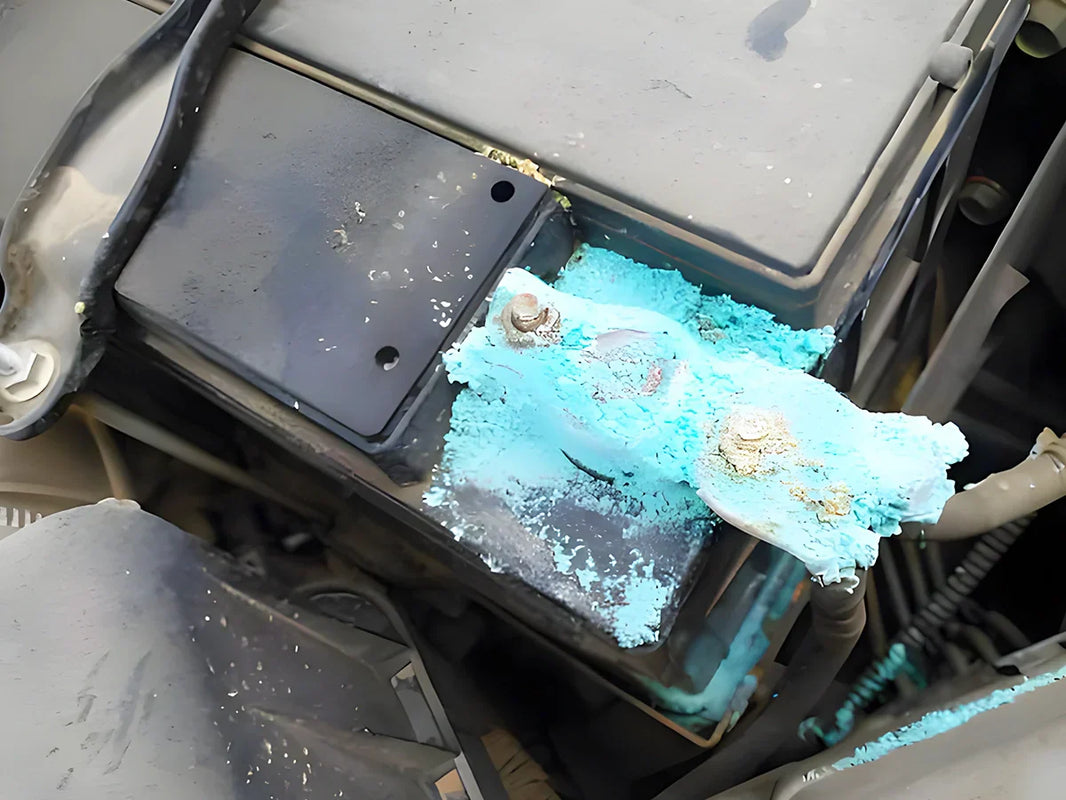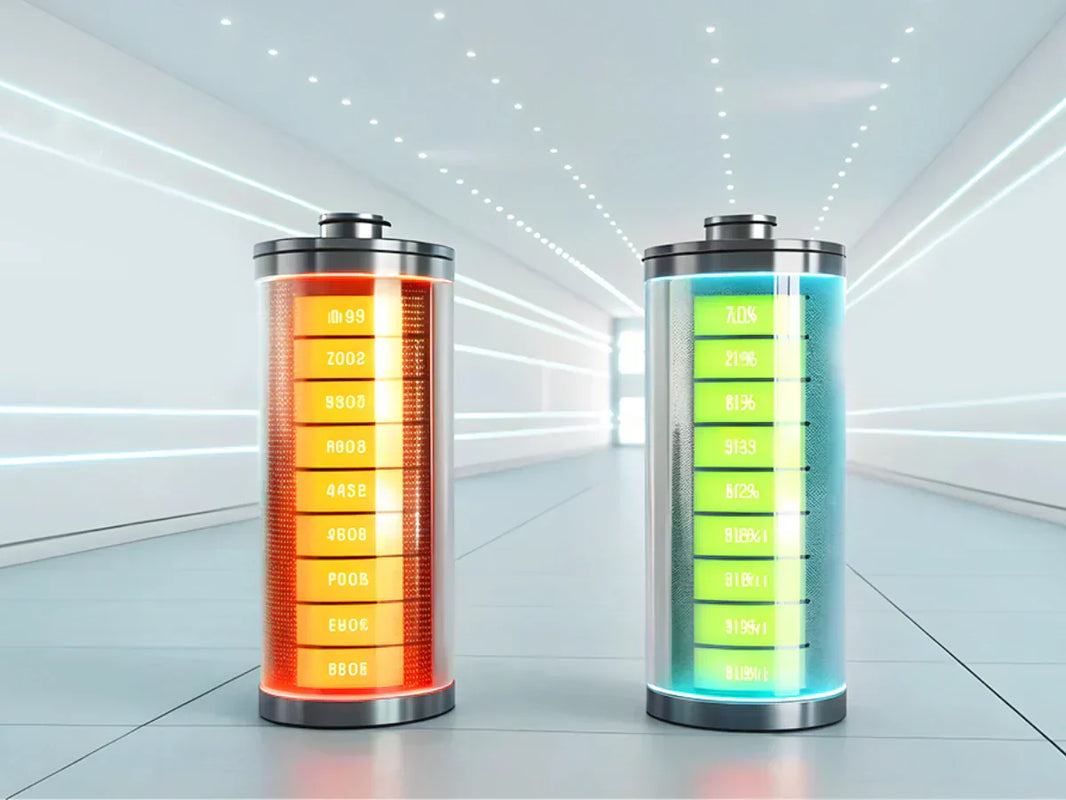
Main content:
Understanding what is Wh in a battery is crucial for choosing the right power source. Wh, or watt-hour, represents the total energy a battery can store, factoring in both voltage and capacity. Unlike Ah, which only shows charge, Wh indicates usable energy, allowing users to estimate runtime, compare batteries with different voltages, and optimize battery performance for devices from phones to electric vehicles.
What is Wh in a Battery?
Watt-hour (Wh) is a unit of energy that represents the amount of energy a battery can store. 1 Wh is equal to the power consumption of 1 watt in 1 hour.
This unit takes into account the battery's voltage and current and is an important metric for evaluating a battery's energy capacity.
For example, if a battery has a voltage of 3.7V and a capacity of 2Ah, its energy capacity is 3.7V × 2Ah = 7.4Wh. This illustrates clearly what is Wh in a battery in practical terms.
Formula: Wh = V (volts) × Ah (ampere-hours)
For example, if an 18650 lithium battery has a voltage of 3.7V and a capacity of 2Ah, its energy capacity is: 3.7V × 2Ah = 7.4Wh.
Difference Between Wh and Ah

Ah (ampere-hour) represents battery capacity and measures how long a battery can discharge continuously at a specific current. It reflects the amount of charge a battery can store, similar to "how much water a bucket can hold." The larger the capacity, the longer the battery can continuously deliver power.
Wh (watt-hour) is a unit of energy that combines the battery's voltage and capacity to measure the total energy a battery can deliver, similar to "the total amount of water in a bucket plus the water pressure." When comparing batteries of different voltages, Wh more accurately reflects the battery's actual energy output and is therefore commonly used in high-power applications such as electric vehicles and energy storage systems.
The nominal voltage of a typical lithium-ion battery is 3.7V, representing the average discharge voltage of the battery. 4.2V refers to the cell voltage when fully charged. Generally speaking, the voltage of a lithium-ion battery when discharged to "empty" (meaning the voltage at which the supplied current cannot support the current demand) is 3.2V.
We now know that different battery discharge currents result in different voltages. Therefore, Wh is a quantity that depends on charge and discharge conditions, while Ah is less dependent on these conditions (though not entirely independent).
When lithium-ion batteries are used as power batteries, the actual size of the battery pack varies due to the different voltages of the pack. For example, an 800V 100Ah battery may appear smaller than a 400V 150Ah battery, but it actually stores more energy. Therefore, kWh (kilowatt-hour) is often used as the universal unit of energy for electric vehicles.
Wh and mAh Conversion

Wh and mAh are different battery energy storage units, and converting between them requires an additional parameter: the battery voltage.
Conversion formula: Wh = mAh × V ÷ 1000
"V" represents the battery voltage.
"1000" converts milliampere-hours to ampere-hours.
For example: If your mobile phone battery has a capacity of 3000mAh and a voltage of 3.7V, its energy is:
3000mAh × 3.7V ÷ 1000 = 11.1Wh, showing what is Wh in a battery in everyday devices.
Another reverse example: converting watt-hours (Wh) to battery capacity (mAh):
11.1 Wh × 1000 ÷ 3.7 V = 3000mAh
Common Battery Types and Typical Wh Examples
| Battery Type | Typical Voltage (V) | Typical Capacity (Ah) | Typical Energy (Wh) |
|---|---|---|---|
| AA Alkaline | 1.5 | 2.5 | 3.75 |
| 18650 Li-ion | 3.6 | 2.6 | 9.36 |
| Lead-Acid Battery for Car (12V 50Ah) | 12 | 50 | 600 |
| LiFePO4 Battery (12V 50Ah) | 12.8 | 50 | 640 |
| Laptop Lithium Ion Battery Pack | 11.1 | 4.4 | 48.8 |
| Power Bank (20,000mAh, 3.7V) | 3.7 | 20 | 74 |
Battery Runtime Calculation
The range and range of an electric vehicle battery can be estimated based on the battery's energy (Wh). The formula for calculating battery energy is Wh = V × Ah, where V is voltage and Ah is capacity. For example, a 48V, 20Ah battery has an energy content of 48 × 20 = 960Wh. If the motor power is 480W, the theoretical range is 960Wh ÷ 480W = 2 hours. If the vehicle's average speed is 25 km/h, the range is approximately 25 × 2 = 50 kilometers. Therefore, the greater the total energy content of the battery, the longer the vehicle can operate and the longer its distance.
In actual use, actual range may be slightly lower than the theoretical value due to factors such as road conditions, wind resistance, riding speed, motor efficiency, and battery aging. Generally speaking, Wh, as a comprehensive measure of battery energy, more accurately reflects an electric vehicle's range than Ah alone. Therefore, when purchasing or comparing different battery models, it's important to prioritize the watt-hour (Wh) parameter, which provides a more intuitive understanding of an electric vehicle's actual range.
Airplane Carrying Limits for Lithium Batteries
When traveling on an aircraft, a battery's Wh (watt-hour) capacity is a key factor airlines use to determine whether to allow it. According to the International Air Transport Association (IATA), lithium batteries with a rated energy capacity of less than 100Wh (such as mobile phone, electric toothbrush, camera, and laptop batteries) are permitted on board as carry-on luggage and generally do not need to be declared, but are prohibited from checked baggage.
Batteries with a capacity between 100Wh and 160Wh (such as some high-capacity laptop, power tool, or camera batteries) require prior airline approval, and each passenger is generally limited to a maximum of two such batteries as backup power supplies. These batteries must also be carried on board and cannot be placed in checked baggage.
Lithium batteries exceeding 160Wh (such as those used in electric vehicles, electric scooters, or large energy storage batteries) are considered dangerous goods and are prohibited from transport on passenger aircraft. They can only be checked in separately as dangerous goods via cargo transport. Therefore, before traveling, be sure to check the Wh value on the battery label or calculate it yourself using the formula (Wh = V × Ah) to ensure compliance with aviation safety requirements and avoid boarding delays.
Wh Application Guide
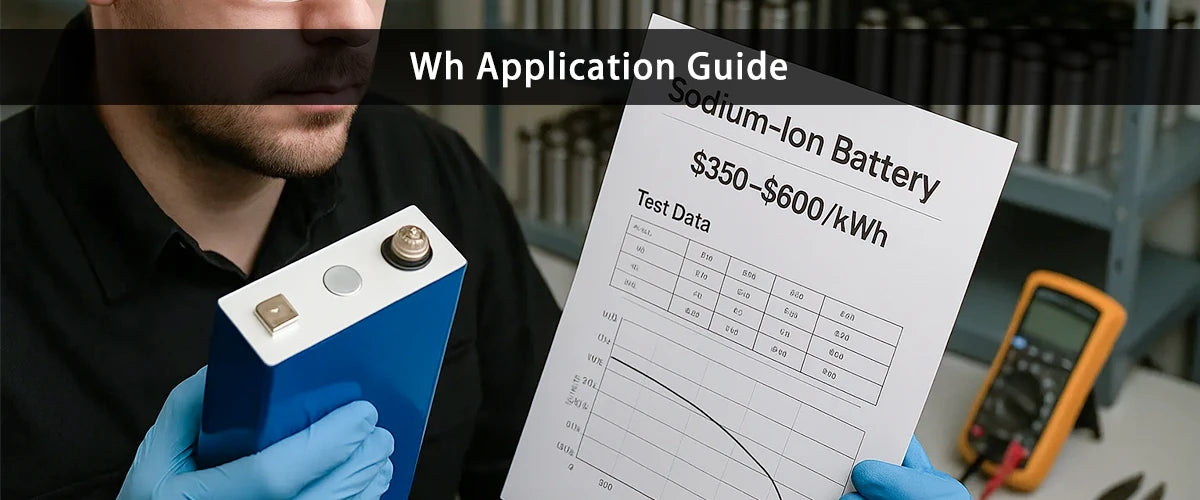
Choosing the Right Battery
When selecting a battery, consider both mAh and Wh based on the device's power, operating time, and usage scenarios. For example, for mobile phones, tablets, or handheld devices, mAh can be used to determine the duration of a single charge; for electric vehicles, power tools, or energy storage systems, Wh should be the primary focus, as it reflects the battery's total energy reserve. When selecting a battery, also pay attention to voltage matching to ensure proper device operation and optimal battery life.
Battery Charging and Maintenance
Understanding the battery's mAh and Wh values can help you optimize charging frequency and power, thereby extending battery life. For example, large-capacity batteries can use slow charging to reduce heat loss. Lithium batteries should not be over-discharged or left fully charged for extended periods. When not in use for extended periods, keep the battery charge at approximately 50–70% and store in a cool, dry storage protects energy capacity—another reason to understand what is Wh in a battery.
Battery Performance Testing
In battery testing and practical applications, mAh and Wh are key parameters for evaluating battery discharge capacity, cycle life, and energy efficiency. Discharge curves at different discharge currents can be used to determine battery stability under high-power loads. Multiple charge and discharge cycle tests can be used to predict battery life. Measuring the ratio of actual output energy to nominal energy can be used to assess the overall efficiency of the battery system, providing a scientific basis for device selection, system design, and daily use.
Conclusion
Understanding what is Wh in a battery helps users choose, use, and maintain batteries effectively. Focusing on Wh rather than just Ah allows accurate assessment of energy capacity, optimized device performance, estimated runtime, and compliance with safety regulations.
FAQs
What does a Wh stand for?
Watt-hours are a measure of the total energy a battery can deliver. Taking into account both voltage and capacity, they provide a more intuitive reflection of a battery's sustainable power supply and actual usage time. They are particularly useful in high-power applications such as electric vehicles and energy storage devices.
How many Wh are in 20,000mAh?
To convert milliampere-hours (mAh) to watt-hours (Wh), you need to know the battery voltage. The formula is Wh = mAh × V ÷ 1000. Assuming a voltage of 3.7V, 20,000mAh × 3.7 ÷ 1000 ≈ 74Wh, which provides a direct representation of the battery's total energy reserve.
Is 200W the same as 200Wh?
They are different. W represents power, or the amount of energy consumed per unit time; Wh represents the total energy stored in a battery. 200W represents power, while 200Wh represents the total energy a battery can deliver. The units and meanings of the two are different.

